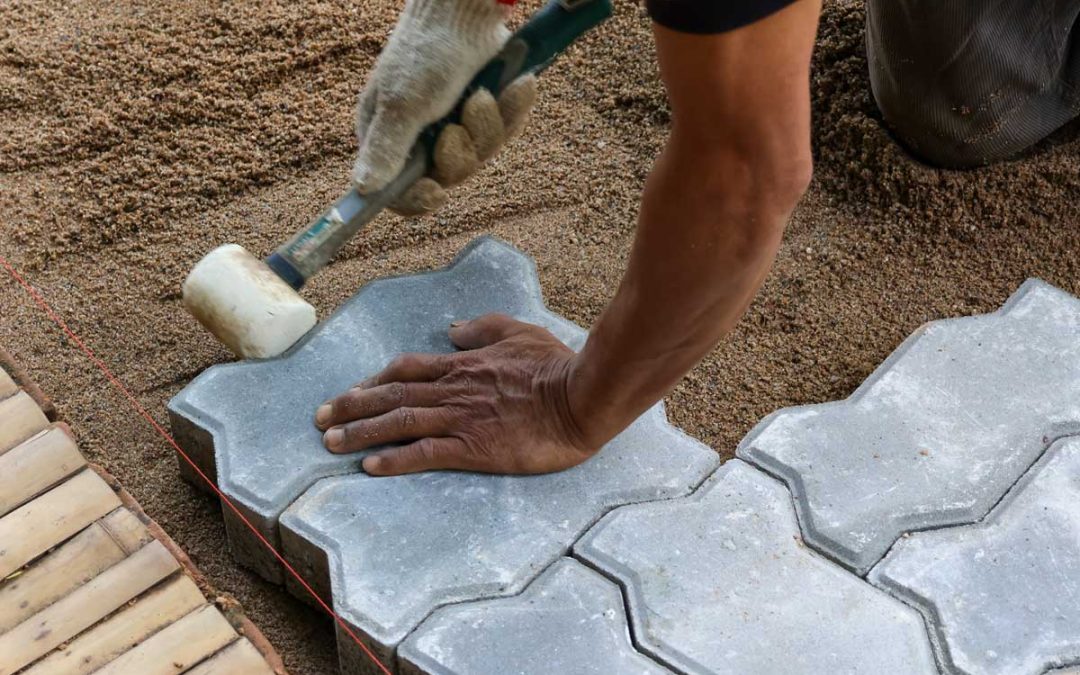Your outdoor space is an extension of your living room, and every material choice influences how often you use it, how easy it is to maintain, and how much long-term value it adds to your home. When homeowners ask which patio type delivers the greatest return on investment, our answer is almost always the same: interlocking pavers.
The benefits of pavers go far beyond their timeless appearance. From structural durability to limitless design freedom, paver hardscapes outperform poured concrete, natural flagstone, and gravel in nearly every measurable category, and they look better doing it.
Why Pavers Matter
Pavers are well known as a sustainable choice for homeowners looking to transform their outdoor space. Because each unit is dry-laid rather than mortared onto a concrete base, the system can be lifted and reused if you remodel, reducing landfill waste. Their permeability helps recharge groundwater and mitigates runoff, aligning with local green-infrastructure goals and sometimes earning stormwater tax credits.
Beyond durability, the visual warmth of paver hardscapes fosters outdoor engagement. Families tell us they spend more evenings outside after a patio upgrade, whether roasting marshmallows over a built-in fire pit or enjoying morning coffee along a gently curving garden path. That lifestyle value eclipses monetary ROI, turning backyards into everyday retreats.
The installation process itself is efficient. A typical twelve-by-twenty-four-foot patio takes three to four days from excavation to final compaction, minimizing disruption to daily routines. Dust-control measures, on-site cutting stations, and protective plywood mats preserve lawns and flowerbeds so your yard emerges from construction spotless.
Remember that long-term performance depends on the unseen foundation when evaluating any patio type.
Why Homeowners Love Paver Hardscapes
1. Instant Curb Appeal & Design Flexibility
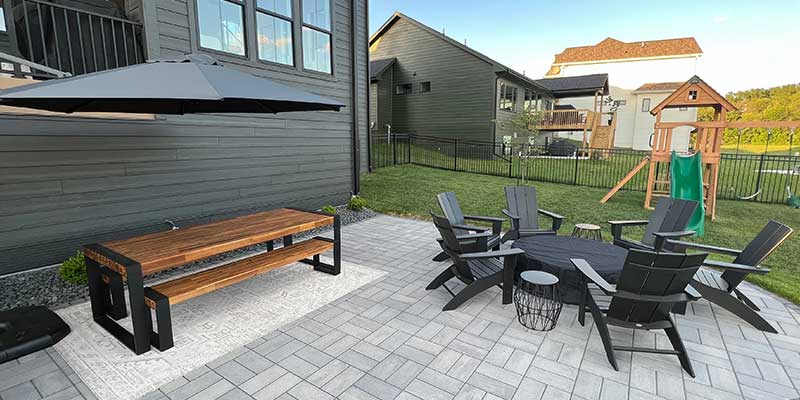
Manufacturers now produce concrete units that mimic reclaimed brick, Belgian block, or even rare limestone, while through-body pigments keep hues vibrant for decades. Because modules vary in size, from petite cobbles to large paver stones nearly two feet square, you can orchestrate rug inlays, sweeping circles, or intricate basket-weave borders. Whether the goal is a colonial courtyard or a sleek modern terrace, pavers let you match architectural style without sacrificing creativity.
2. Superior Durability Compared to Poured Concrete

A monolithic slab will inevitably crack as soil shifts and seasons change. Pavers, by contrast, are individual units set on a flexible bedding layer; sand-filled joints absorb movement, leaving each piece free to settle microscopically without telegraphing fractures across the surface. Many systems are rated to withstand over eight thousand pounds per square inch, strong enough for fire pits, outdoor kitchens, and occasional vehicle access.
3. Low-Maintenance, Long-Term Value
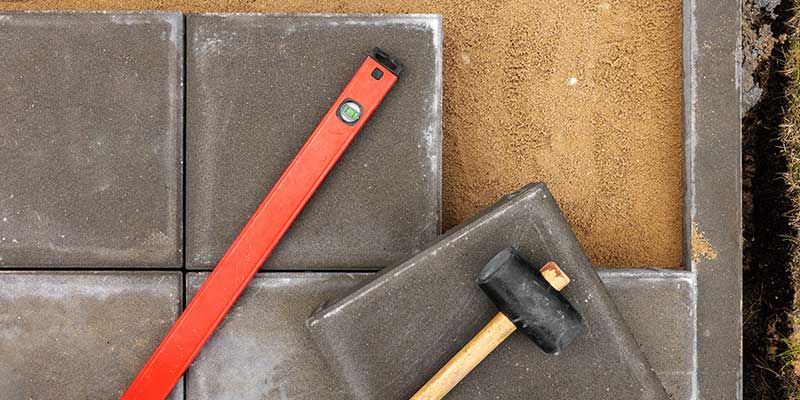
Advantages of Paver Patios & Walkways
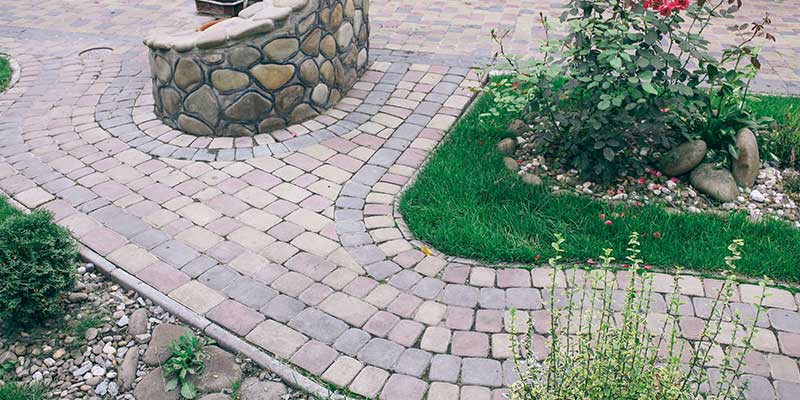
1. Enhanced Drainage & Permeability
Interlocking pavers eliminate water pooling through tiny gaps that channel rain into the bedding sand, which percolates harmlessly into the subsoil. This permeability reduces hydrostatic pressure against foundations and prevents washouts in flower beds. Specific permeable systems even qualify for runoff credits for homeowners concerned about municipal stormwater fees.
2. Slip Resistance & All-Weather Safety
3. DIY-Friendly Repairs & Upgrades
Rigid concrete requires demolition for post-installation changes. Pavers, meanwhile, can be lifted, stacked neatly, and reinstalled once utility work is complete, often in a single weekend for small areas. Your investment is preserved, and your design evolves organically with your lifestyle.
Comparing Pavers to Alternative Materials
Pavers vs. Stamped Concrete
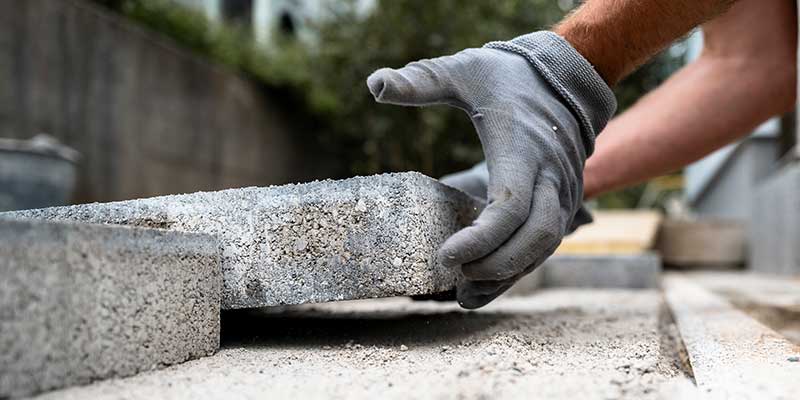
Stamped concrete promises the look of stone at a lower first-day cost, but the resemblance fades as color hardeners abrade and cracks force patchwork repairs. Expansion joints interrupt decorative patterns, telegraphing each saw cut. Pavers may cost slightly more upfront, yet their pigmentation remains true and joints disguise minor movement, preserving the design indefinitely.
Pavers vs. Natural Stone Flagging
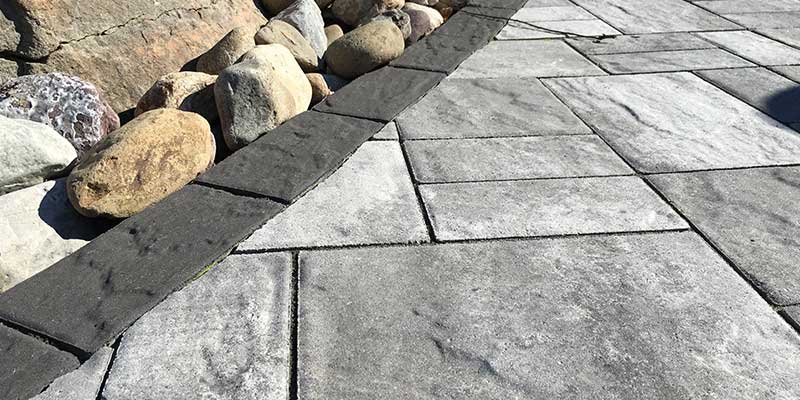
Natural flagstone is beautiful but labor-intensive. Each irregular piece must be hand-chipped, leveled, and grouted, driving installation costs well above modular units. Thickness variations demand extra bedding material, and brittleness can lead to breakage under loads. Concrete pavers arrive dimensionally consistent, allowing crews to place large quantities quickly without sacrificing tailored appearance.
Pavers vs. Gravel Pathways

Loose aggregate walkways migrate under foot traffic, support weed growth, and often fail accessibility standards. Wheelchair users struggle with ruts, while high heels sink into the surface. Pavers offer rustic charm when chosen in earth-tone palettes, yet remain stable and weed-resistant when polymeric sand locks joints tight.
Popular Paver Materials & Finishes
- Concrete Interlocking Pavers: Advances in mold technology produce concrete surfaces resembling quarried slate, travertine, or bluestone, complete with variegated color blends. Tumbled pavers are rotated in steel drums for a weathered edge, perfect for historical homes, while shot-blast textures add modern sophistication to urban patios.
- Clay Brick Pavers: For homeowners drawn to traditional red brick facades, genuine clay pavers fired at high temperatures provide a UV-proof hue that never fades. The slender profile makes them ideal for intricate herringbone or basket-weave patterns on driveways, paved walkways, and courtyard patios.
- Porcelain & Ultra-Dense Stone Pavers: Porcelain offers near-zero porosity and unmatched color stability. These slabs resist acid, salt, and freeze cycles better than most natural stones and require minimal sealing. Ultra-dense granites and basalts excel in high-traffic areas where strength and stain resistance are paramount.
Maintenance Tips for Long-Lasting Beauty
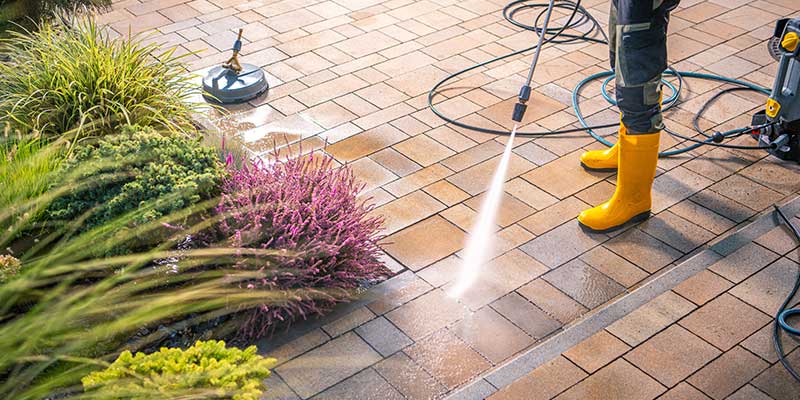
Regular Cleaning & Weed Prevention
Sealing for Color Protection
While many pavers contain UV-stable pigments, a quality sealer enriches color depth and adds subtle sheen. Breathable, water-based formulas allow vapor to escape, essential in damp climates, while solvent-based sealers provide wet-look gloss for those who desire maximum richness.
Seasonal Inspection & Quick Fixes
Ready to Transform Your Patio or Walkway?
Every successful hardscape begins with a conversation about style preferences, functional needs, and budget. Lotus Masonry’s design specialists translate your ideas into plans that reveal how patterns, colors, and borders will integrate with existing architecture and landscape elements. Our team guarantees the installation techniques, giving you confidence that the benefits of pavers will continue delivering returns long after the final payment.
Contact us to schedule your complimentary site evaluation and discover how the artistry and engineering of paver hardscapes can elevate your outdoor living experience.
